Sir Thomas Frankland could not have made a better recommendation than Rose whose ideas turned out to be exactly what Christopher had been looking for. He was thrilled with the first set of drawings. ‘I perfectly agree with you in your Ideas of the Stile in wch. my House ought to be finished,’ he wrote excitedly at the beginning of October, ‘& I would have but few Ornamts. But what decorations are introduced I would have them singular, bold and Striking & only where propriety & good Taste required them.’ The delivery from London of an order of fixtures and fittings the following week might have suggested that work was now progressing at a pace. ‘On Saturday Night the Doors arrived here,’ Christopher confirmed to John Andrew of Aire Street on 12 October, ‘and when we opened them this Day they had got some little wet but will be no worse, I think them very handsome Doors.’ Not so. There was, inevitably, a sting in the tail; ‘the Hinges also come, but you have forgot to send the Screws’. 37
Errors such as this, small though they may have been, were an irritation to Christopher and his family who had been steadily retreating into more and more cramped conditions, virtually confined to the top floor of the old house. Here they survived until 1 February, 1790, when, at five in the morning, they set out for London. They were to spend as much of the year as possible in town, sheltering from the dust and the discomfort, and taking advantage of the fact that the house in Weymouth Street still remained unsold.
When the family finally returned to Sledmere, in the winter of 1790, they found the situation there greatly improved, with most of the exterior completed. This allowed Christopher to turn his attention to thoughts of the interiors, beginning with what was to be the most important room in the house, the Gallery, which had made its initial appearance on the design submitted by Samuel Wyatt in 1787. Though no drawings for it have survived, it is likely that Wyatt must have executed some, and it was these, or adaptations of them by Christopher, that Rose used as the basis for his ideas. ‘Both your last letters have much pleased me,’ he wrote on 2 April, 1791 ‘your first in giving me an account of the Gallery and saying that you was much pleased with it – I think it will be one of the finest rooms in the Kingdom.’ 38 He did not exaggerate, for to this day the room has few rivals in grandeur, even in houses twice the size. Two storeys high and running the entire length of the south front of the house, a distance of 120 feet, it is divided into three great cross-vaulted compartments, inspired by such Roman buildings as the Baths of Diocletian and Caracalla, soaring upwards into the roof space. Though Wyatt undoubtedly intended it to be a room for the display of pictures, for congregation and for occasional use as a ballroom and it was always referred to by Rose as ‘the Gallery’, at some point the idea took hold in Christopher’s mind that it should become a Library.
The rooms which followed, in particular the Music Room and the Drawing Room, suggest that, about this time, Christopher appears to have modified the notion of himself as the ‘plain country gentleman’ who wanted things done ‘neat & simple’, a description which could in no way be applied to the Drawing Room, an exquisite creation of which Rose was especially proud. ‘I must own that I think it the best design I ever made,’ 39 he wrote on 31 May, 1792, and with its intricately designed ceiling, containing motifs depicting Greek religious rites, with complex patterns coloured in blues, terracotta and light pinks, and its gilded highlights, the room showed Rose in his most ornamental mood. He was nervous, however, that Christopher would find it too elaborate. ‘I am afraid you will send it back again,’ he continued gingerly, ‘you will tell me that it is far too fine for your house, and too expensive and yet when I think of your Gallery, the proportion will bear me out.’ He excused the finery by saying that ‘the design is made for Lady Sykes room .’ 40
‘I never saw any place so much improved as Sledmere,’ wrote Christopher’s nephew, William Tatton, to his father, during a ten-day stay in May, 1792. ‘I think the Gallery as fine a room as I ever saw. They have not yet finished the Sealing and I suppose it will be nearly two years before they will be able to make any more of that room.’ 41 A year later, apart from the floor of the Gallery, all the major building work was complete, and Rose’s time was taken up with painting and decorating. At the end of May, Rose, whose relationship with his client had grown to a stage where he was also acting as his agent in London, had sent Christopher ‘a great number of patterns of papers … many of them very pretty’ from shops in Swallow Street and Ludgate Hill. 42 This was the first mention of wallpaper in their correspondence and he returned to the subject now. ‘Mrs Rose has been about your papers to Ludgate Hill and chosen the borders … if the papers are to be glaz’d upon an average they will cost three halfpence more.’ 43
Though John Houghton, a contemporary of Evelyn and Pepys, had written as early as 1699 that ‘a great deal of Paper is nowadays so printed to be pasted upon walls to serve instead of Hangings’, 44 wallpaper did not truly become fashionable till the 1730s when improvements in manufacturing brought down the price. ‘I am told there is a new sort of Paper now,’ a neighbour of Christopher’s, Nathaniel Maister, had written to his friend, Thomas Grimston, in 1764, ‘made for hanging rooms with, which is very handsome, indeed from the price it ought to be so, for I think it is 2 s . 6 d . a yard. Have you seen any of it?’ Christopher’s paper was ready to be shipped on 4 September. ‘I have not been so fortunate as to see any room fitted up with the furniture and the paper having a border of the same pattern,’ wrote Rose. ‘I should imagine it would look very pretty … if you please I will make further inquiries about it.’ 45 He had soon found a Mr Sagar, a former upholsterer turned wallpaper-hanger, to ‘come over to Sledmere & hang as many Rooms as are wanted to be hung at 7 d . a Sheet, borders included, everything to be found for him to hang the Rooms with.’ 46
Rose also took it upon himself to furnish Christopher with everything he needed for his new home. It was a job he was only too happy to do, particularly since he knew his employer to be a prompt payer. ‘I am exceedingly obliged to you for your offer of money,’ he wrote in June, 1793, ‘but I am not in want of any at present, and I am fully persuaded I never should be, if all my employers paid as you do: or only one half of them .’ Rose organised the ironwork for the staircase, mirrors for all the rooms and supervised numerous other orders, such as a ‘lamp for the Drawing Room ceiling’, ‘handles for the Vazes in the Hall’, the ‘Altar and Grate’ for the hall fireplace, and ‘sham stoves’ to heat the outer hall. Something else arrived for the house in the middle of August, something for which the Sykeses had waited seven years and which was one of the most important purchases Christopher ever made. ‘By Sir Christopher Sykes’s directions,’ noted William Saunders of Cavendish Square, London, on 2 August, ‘I pack’d up in a packing case upwards of nine feet long, a picture, & with it a small Box – sent them to the White Horse, Cripplegate, directed to you – the Waggon left London Yesterday (Thursday) Morning, by that you will know when to expect them.’ 47 The small box contained a white satin dress, the packing case ‘a large whole length picture’. It was to turn out to be one of the greatest eighteenth-century portraits ever painted.
‘Painted by Mr Romney,’ stated the account, dated 16 May, 1793, ‘a large whole length picture of Sir Christopher and Lady Sykes. £168.’ 48 The picture, so carefully packed up by the framer, William Saunders, was a full-length portrait of Christopher and Bessy by George Romney that had been started in 1786. This painting, which today is regarded as being one of Romney’s finest works, was commissioned by Christopher when he first became an MP, as an expression of his status. Twelve sittings for this painting were recorded in 1786 and the picture was then left unfinished in Romney’s studio for several years. The fact that it took so long to complete meant that by the time it was delivered it had evolved into something much more than just a straightforward portrait of a country gentleman.
Читать дальше
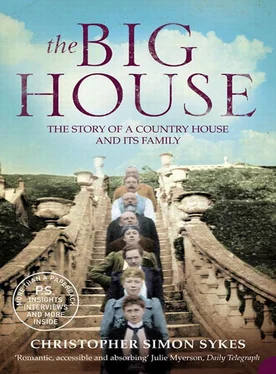
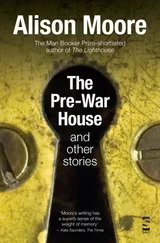

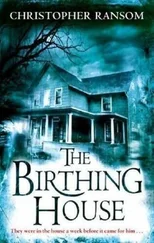

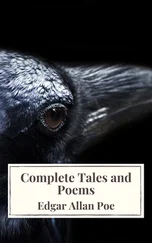

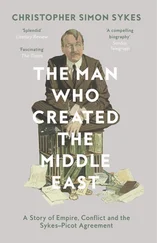
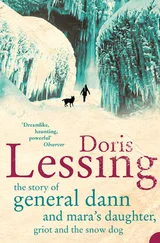
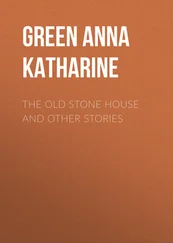


![Edward Ellis - Adrift on the Pacific - A Boys [sic] Story of the Sea and its Perils](/books/753342/edward-ellis-adrift-on-the-pacific-a-boys-sic-s-thumb.webp)